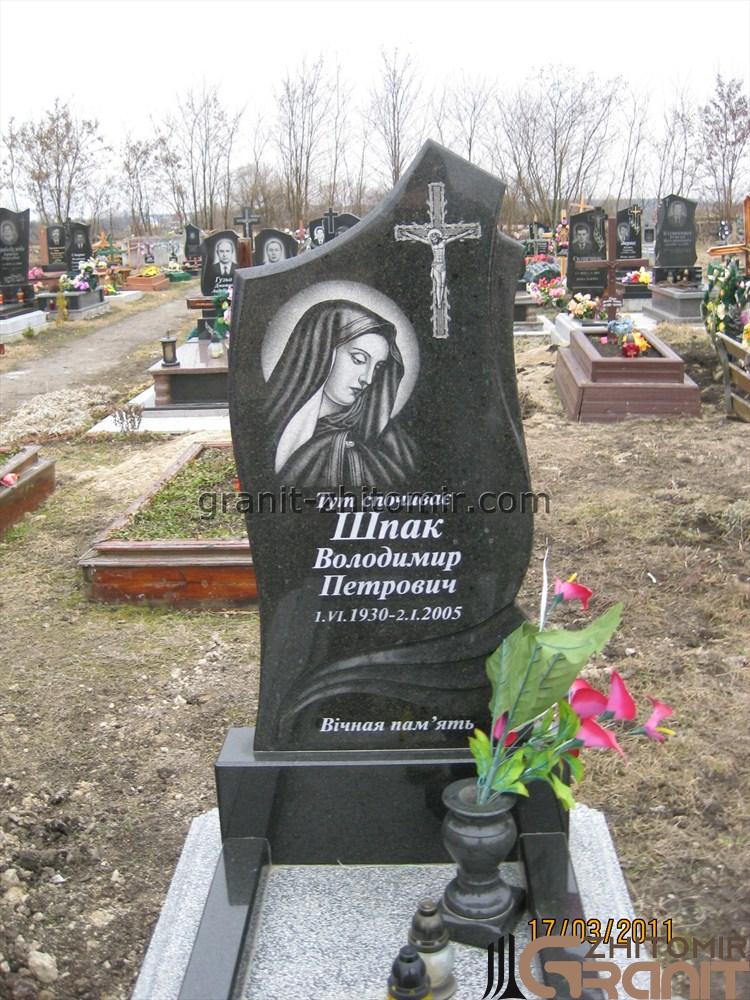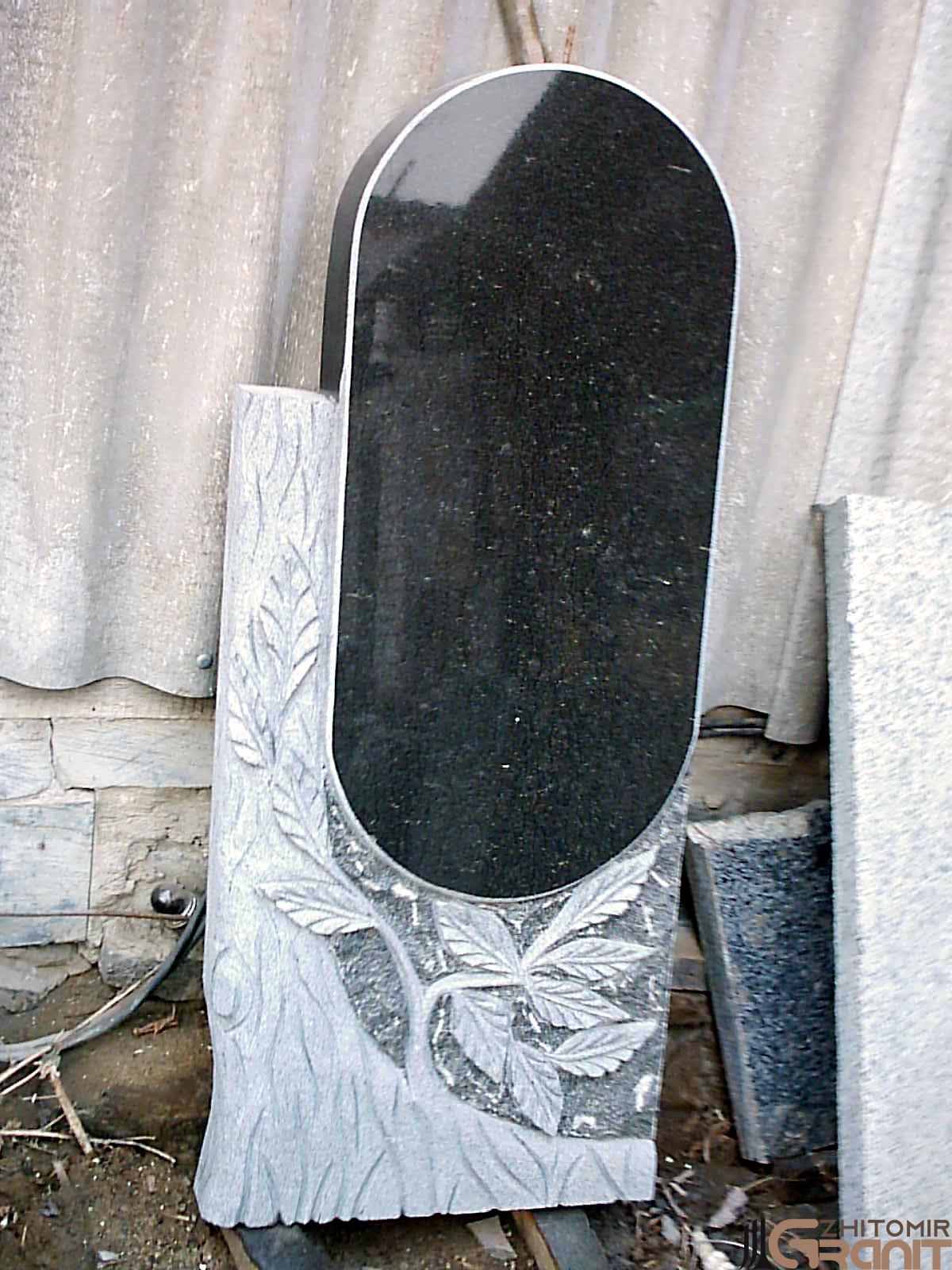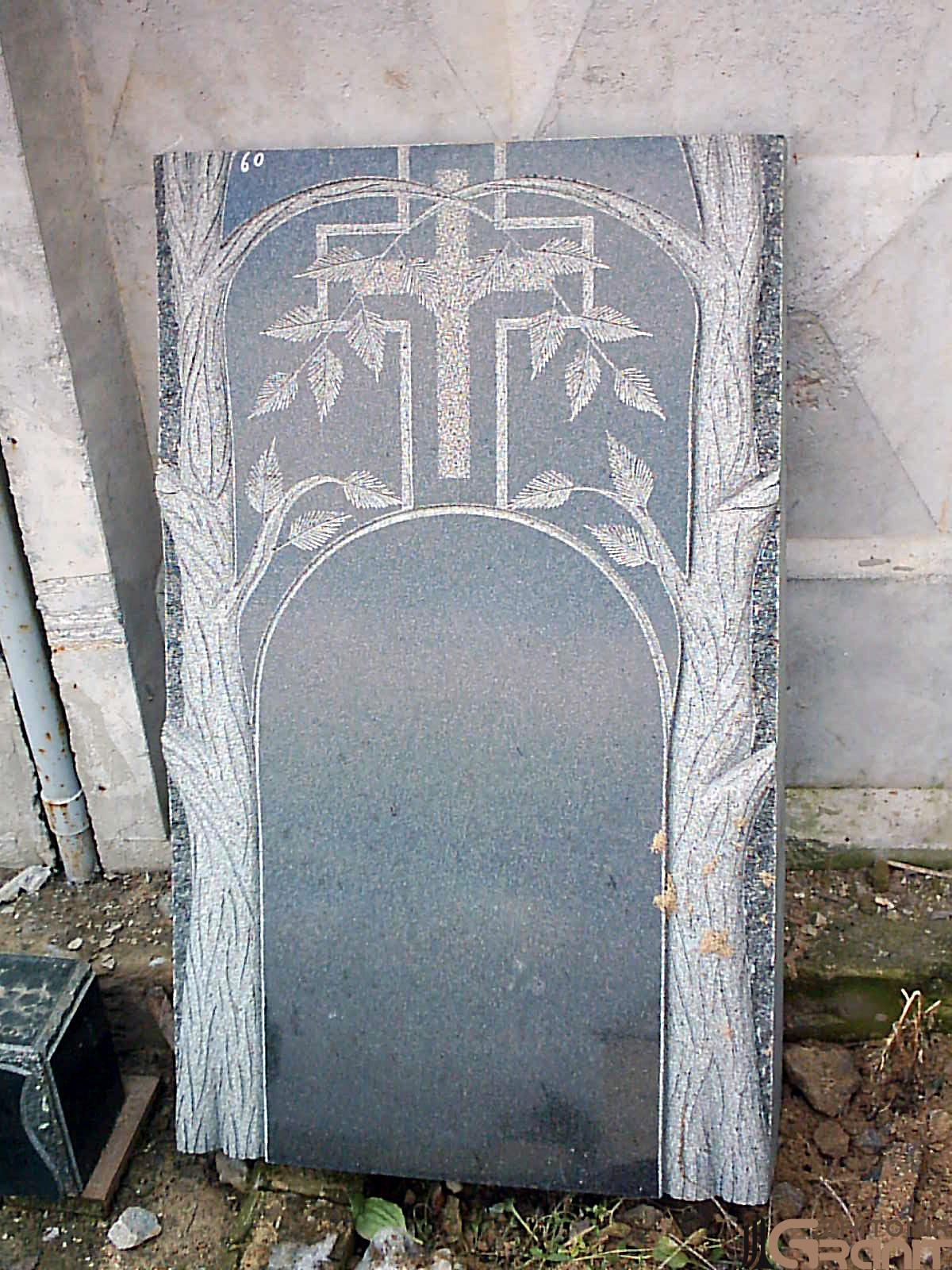Articles
Leznykivske stone deposit

History of the field
The Leznyky granite quarry has a long history, with the first mention of it dating back to 1898. It was then that the first red granite quarrying began in the village of Leznyky, Volodarsk-Volynskyi district, Zhytomyr region. This granite quickly became known worldwide for its unique properties and aesthetic appearance.
Current status
Today, Leznikovsky granite is one of the most prestigious granites in the world. It is used in many iconic objects, such as the Lenin Mausoleum, granite monuments, metro stations, and the facades of European shopping and cultural centres.
There are three open-pit mines in Leznyky. The newest of them, Leznyky-3, was opened on 1 June 2009. The deposit has commercial reserves of about 65 million m³, and rock exploration reaches a depth of 55 metres.
Characteristics of granite
Leznikovsky granite is represented by medium-grained, biotite pink-red and red rocks. Its mineral composition includes:
- Feldspar - 65 % (pink and red).
- Quartz - up to 30 % (sometimes smoky).
- Biotite and other dark-coloured minerals - 5 %.
Physical and mechanical properties
- Density - 2.68 g/cm³.
- Bulk weight - 2.65 g/cm³.
- Water absorption - 0.5 %.
- Compressive strength at the end of the day - 270 MPa.
- Frost resistance - high level of stability.
Areas of application
Due to its characteristics, shades and texture, Leznikovsky granite is widely used in various industries:
- Construction
- Production of reinforced concrete structures.
- Monolithic construction of multi-storey buildings.
- Laying paving stones on streets and squares.
- Facade and interior decoration with granite slabs.
- Art and design
- Creation of monuments and monuments.
- Production of memorial plaques, vases, and souvenirs.
- Used in the production of original designer furniture.
- Interior decoration.
Conclusion.
Leznikovsky granite is not only a valuable natural resource of Ukraine, but also a symbol of quality, aesthetics and durability. Its use in construction, art and design makes it possible to create objects that will serve people for centuries.










